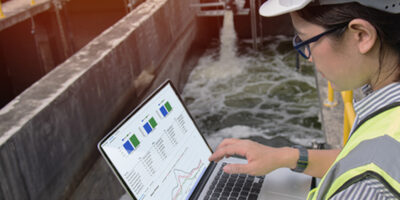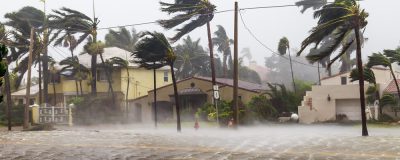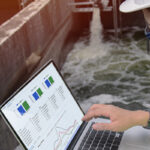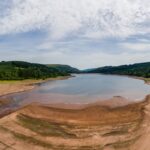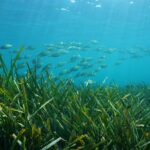Recreational use of water bodies can deliver important benefits to health and well-being. Yet, there may also be adverse health effects associated with recreational use if the water is polluted or unsafe.
Sewage outfalls, storm water overflows, plant releases, agricultural production effluents – water bodies are subjected to many polluted discharges. When these water bodies are also used for recreational purposes, the safety of the population is at risk. Ensuring safe discharges into recreational waters and informing bathers if pollution occurs is therefore crucial for human health.
The real challenges of authorities responsible for clean water
Meeting water quality standards and providing easily accessible and timely information to the public is a burning need today. Authorities and municipalities responsible for water statuses as well as water utilities being the polluters often deal with these challenges when it comes to recreational water:
- Minimising the impacts of sewage and other pollutant sources
- Accurate and timely monitoring of water quality in recreational water bodies
- Providing near real-time alerts about human health threats to recreational water users
- Supporting cost-effective water utility investments and regulatory approvals
Bathing water forecast system proves beneficial to cities worldwide
One way to becoming better at managing recreational water in your city is by implementing a smart bathing water forecast system. The use of a system like this has helped global cities maneuver the above challenges and more. Read their stories!
In Denmark
The city of Copenhagen succeeded in providing locals and tourists a safe recreational bathing area in the very heart of the city. As with any other harbour, Copenhagen’s harbour faces the same threats to water quality due to these factors: heavy rainfall, frequent release of sewage water and pathogenic bacteria that is introduced to the waters. The bathing water forecast system allows early detection of pollution threats, provided reliable forecast of water quality, reduced unnecessary closure of the harbour and made it possible for the public to conveniently access water quality information across different platforms.
In Sweden
Helsingborg, a coastal city in southern Sweden, is also subscribed to the same digital bathing water forecast system as Copenhagen to provide water quality information to the public through the web and smart phones. With information at their fingertips, locals and visitors can make instant decisions on whether they should take their recreational activities elsewhere for the day.
In New Zealand
Bathing locations inside the Waitematā Harbour were exposed to risks of contamination and there was insufficient data on pollution levels and currents. General public skepticism about the quality of water was escalating in the political realm as well as in the media. The timely development of an integrated bathing water forecast system meant that better water quality information was now available, along with the ability to assess intervention options. The accessibility of water quality data has resulted in much-needed and improved public dialogue.
Would such a system work for your city?
Find out by linking up with us today.

